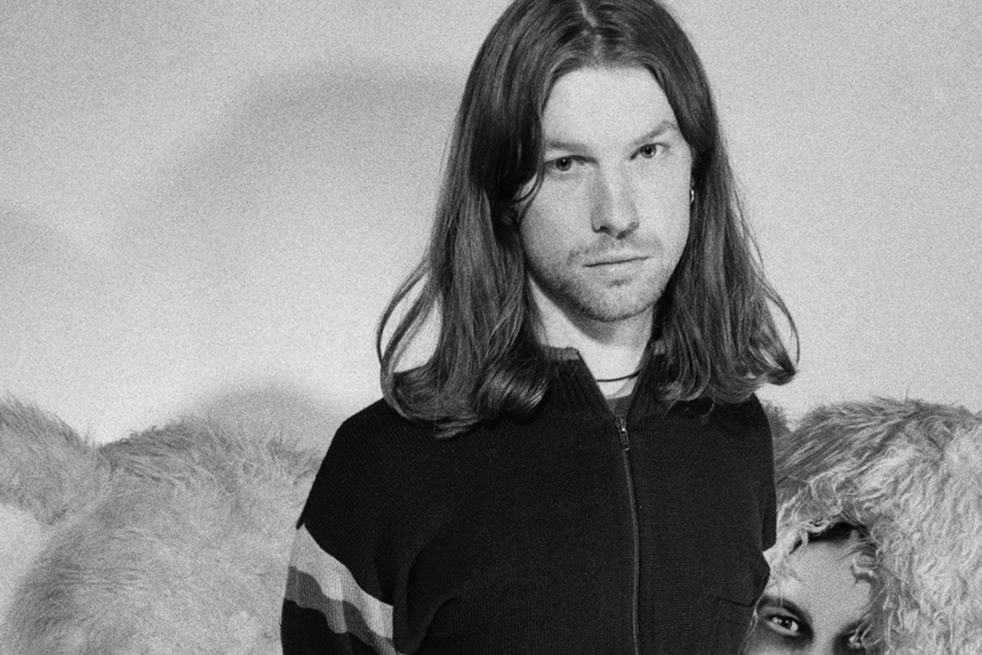There was a brisk feeling in the air last week, but it didn’t come solely from fall’s arrival. If you stopped and let yourself be still, you could feel the collective anticipative buzzing of thousands of electronic music fans as the release date of Syro drew closer.
Richard D. James, known by a variety of pseudonyms but most famously as Aphex Twin, was one of the most prominent and influential musicians of the 90’s, specializing in the electronic genre.
To give just two examples of his versatility and influence, Selected Ambient Works 85-92, his debut LP, drew in listeners with its evocation of clean, stark and empty space born from chilled-out ambient techno beats, while his 1997 Richard D. James Album took the structure of drum and bass and pulled it, taffy-like, into exotic forms.
By pushing electronic dance music into new realms of complexity and textural sophistication, James became one of the forefathers of what would be known as IDM (which stands for intelligent dance music, an umbrella term often criticized as insulting to other music genres.)
After not having released any new material since 2007’s Rushup Edge, there was a small uproar earlier this year when a Kickstarter campaign motivated James to release the long-abandoned Caustic Window. Touched by the enthusiasm for his work, James decided to release a new album containing much of the music he has created but not released for the last ten years on Sept. 23.
And now the date has come and gone, and Syro has been made available to an enthusiastic public. It’s a bit of an oddball in James’s discography – for the most part, the album doesn’t go for some of the extremes reached by his earlier work, with danceability being a more consistent quality compared to other works of his which have tended towards placidity or erraticism.
The very first track, “minipops 67 [source field mix],” has a consistent, almost funky groove throughout even as it changes tones with such bewildering dexterity that it feels like a worldwide tour in some sort of trans dimensional portal.
The exception to this trend is the album’s closer, “aisatsana,” which uses a piano and samples of birds to create a Satiesque ode to stillness. This track is proof of James’s ability to create music with feeling, but even more impressive is his subtle achievement of such feeling in the more upbeat tracks—he can maintain a sound that evokes the naive joy of a toy castle or the tender solitude of an evening spent alone in the library even when it’s balanced against the thrashing of an energetic drum machine.
Syro feels very much like an intricately crafted object created by a craftsman who knows exactly what he is doing. James used one hundred and thirty eight pieces of equipment during production, and it shows—it’s an album chock full of ideas, which makes its fluidity all the more exceptional.
There’s always something new happening, and each unit fits in seamlessly with its neighbors. Tracks like “CIRCLONT6A [syrobonkus mix]” and “180db_” show how James can take wildly disparate musical ideas and interlock them to create astoundingly organic interplay.
He has an ear for sound, an ear for rhythm, an ear for every aspect of what makes a song work. The old master has stepped back into the limelight, and he does not disappoint.
